Staple Hill Tunnel
Staple Hill Tunnel
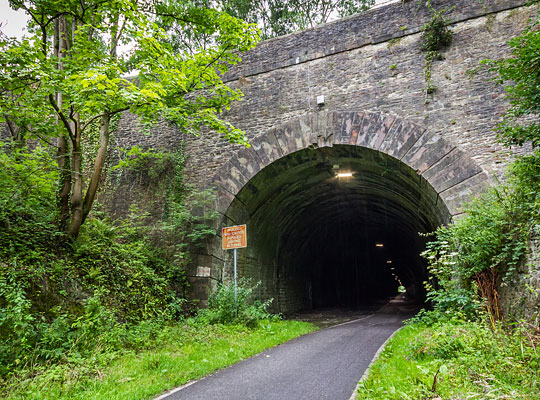
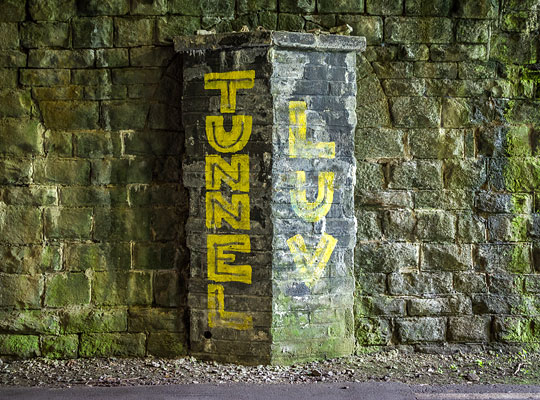
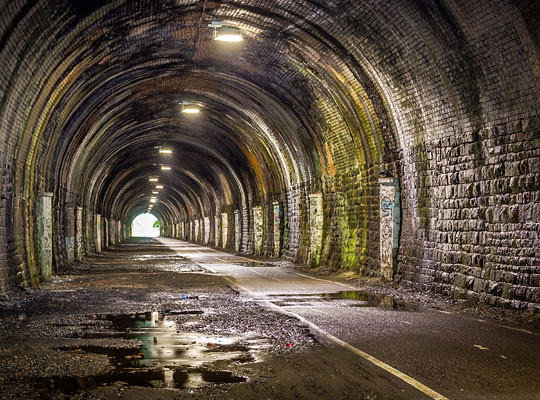
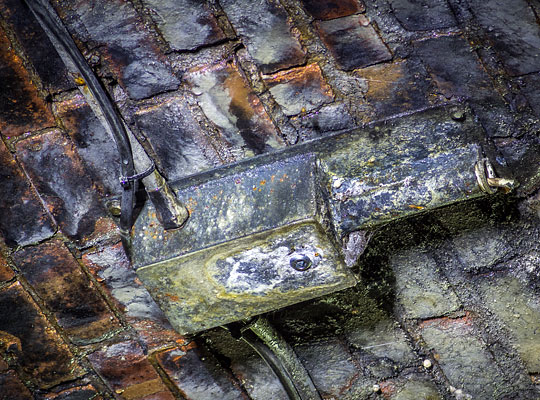
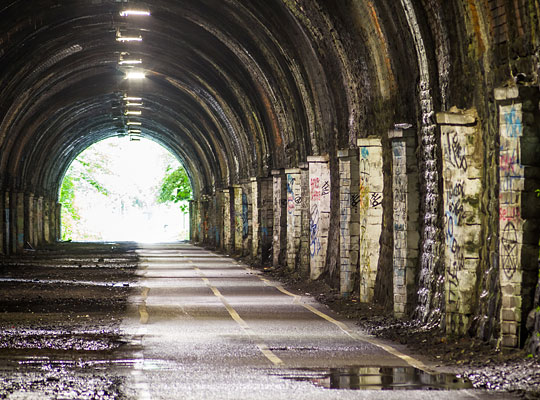
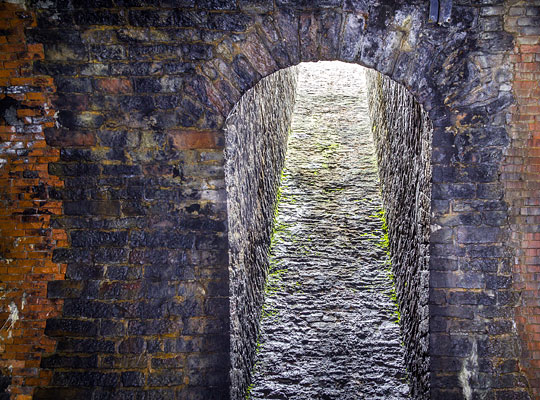
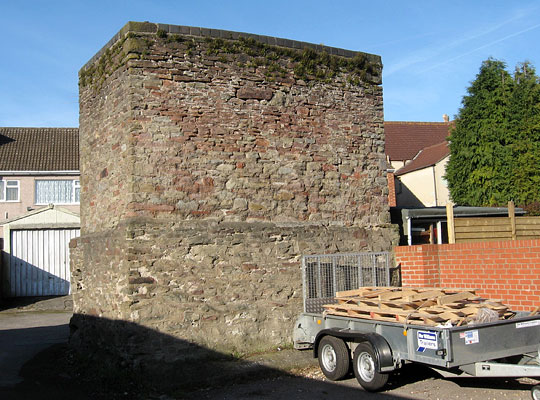
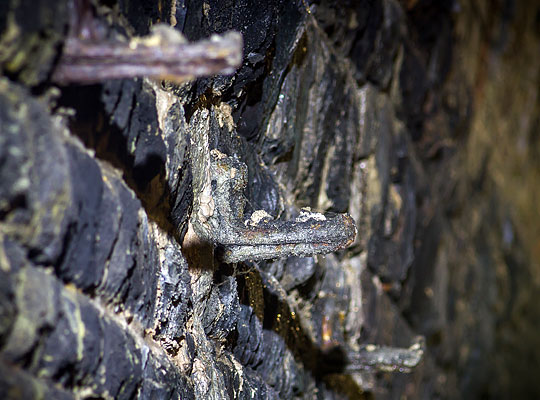
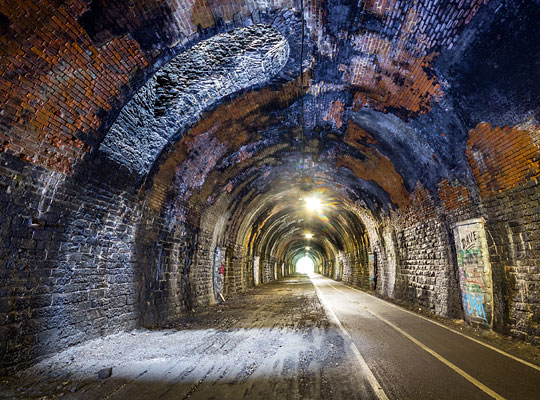
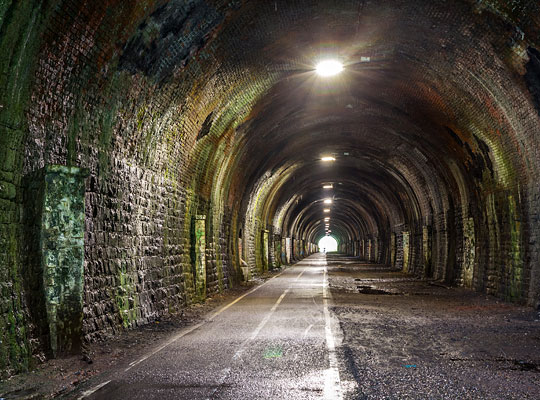
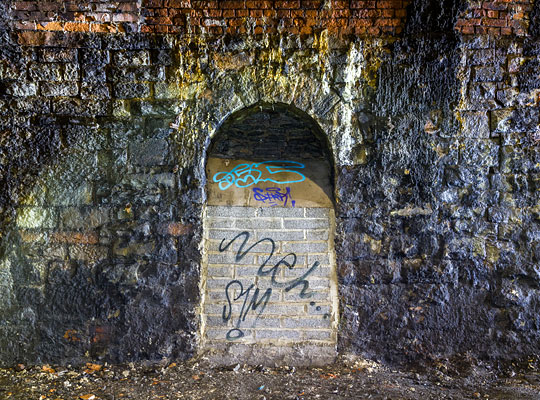
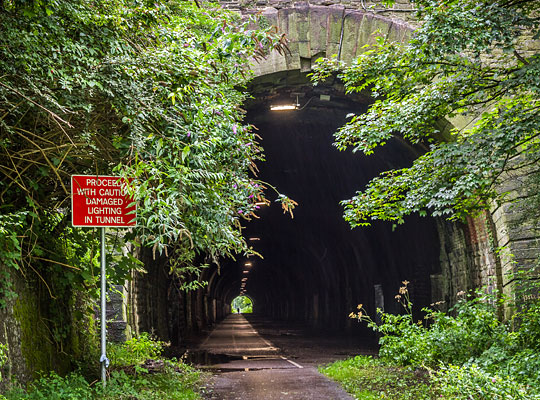
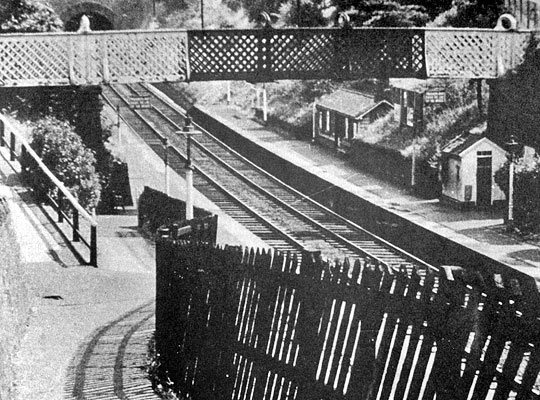
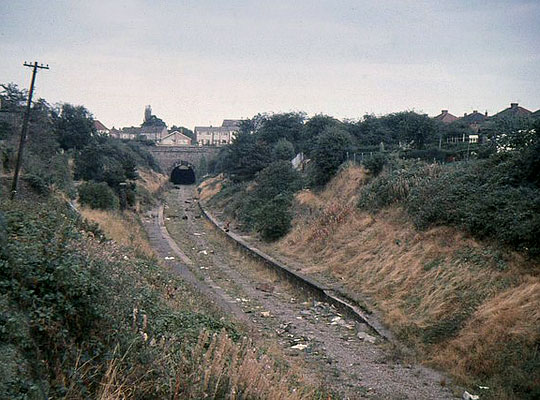














To satisfy the city’s demand for coal, a company was formed to build a railway into Bristol from Coalpit Heath, a mining area to the north-east. Its Act of Parliament received Royal Assent on 19th June 1828, authorising what was formally known as the Bristol & Gloucestershire Railway (B&GlosR). W H Townsend surveyed the route and held the post of engineer. The intention from the outset was for two tracks, but only one was laid initially.
Financial constraints resulted in the line being progressed in two phases, with the northern part – from Mangotsfield to Coalpit Heath – opening in July 1832. A second Parliamentary Act in 1834 allowed funds to be raised for the southern section, the completion of which was marked by the passage of a train on 30th July 1835. Drawn by a horse, it was made up of eight wagons with the leading one occupied by a band. Thousands lined the route, having previously seen nothing like it. The total cost of the line was £77,000.
In February 1834, the contract was put out to tender for a 518-yard tunnel under Staple Hill, west of Mangotsfield. It measured 12 feet wide and 16½ feet high. Reports suggest it was driven from three shafts – all of which were retained for light and ventilation – but, today, only two shafts are open in the tunnel, 174 and 341 yards from the eastern end.
Construction was notable for the tragic demise of works superintendent Joseph Keefe, a young man whose mental state deteriorated to such an extent that, on 1st July 1835, he cut his own throat with a carving knife after exhibiting signs of distress for three days. At the inquest, the only explanation anyone could propose for his state of mind was a slight deviation in the line of the tunnel.
With the line open, thoughts of the B&GlosR’s management soon turned to a connection through to Gloucester. The first attempt failed, but the Great Western Railway – having identified the scheme as beneficial to its own interests – invested £50,000 and a new Act navigated its Parliamentary passage on 1st July 1839. Thus the Bristol & Gloucester Railway company was established, absorbing the Bristol & Gloucestershire and extending its line to cover a distance of 21½ miles. The tracks were changed to broad gauge and the original section doubled, opening on 6th July 1844.
The widening of Staple Hill Tunnel to accommodate two broad gauge tracks comprised the greater part of Contract 2C, tenders for which were requested in March 1843, and involved the excavation of the existing tunnel’s north side to provide a width of 26 feet. During this work, 49-year-old John Dudley fell from a scaffold and fractured his ribs, treatment being sought at Bristol Infirmary.
In 1869, the Midland Railway opened a line to Bath, heading generally south-eastwards from a junction at Mangotsfield. This closed in 1971 – two years after the line through the tunnel – but cycling charity Sustrans converted both to host the Bristol and Bath Railway Path between 1979 and 1986 – the first route on what would eventually become the National Cycle Network.
The length of Staple Hill Tunnel is now recorded at 515 yards. Its imposing east portal is entirely stone-built and features a substantial headwall measuring almost 130 feet across, the ends of which curve outwards. Above a string course is a matching parapet topped with copings. The voussoirs are formed of narrow wedges, around 4 feet in length and arranged radially. Between each group of four wedges, the joint is inset to give the impression of a bigger block.
Inside, the lining comprises rubble-faced stone sidewalls to a height of around 8 feet, with a brick arch. Much of the latter is stained due to considerable water ingress – particularly at the east end – resulting in huge icicles forming during periods of freezing temperatures. Blockwork walls have been erected in front of the refuges – which occur regularly at both sides – to prevent people from loitering in them.
The cycle path is laid on the north side of the tunnel; the shafts emerge on the south side from low-haunch to the crown. They are rectangular in section and lined in stone. At the top of the sidewall is a row of cable hangers.
The west portal’s design is similar to that at the east end. Both were clad in scaffolding in 2007 to facilitate maintenance work. Vegetation obscures the stonework here and acts with a retaining wall on the north side of the path to make the scene feel more enclosed. Just beyond the tunnel is the site of Staple Hill’s former station.
In 2015, the tunnel was the focus of £80,000 worth of improvements, including repointing of the arch and ventilation shafts.
(Paul Townsend’s picture, taken from Flickr, is used under this Creative Commons licence.)
(Bob & Anne Powell and Tudor Williams’ pictures, taken from Geograph, are used under this Creative Commons licence.)








